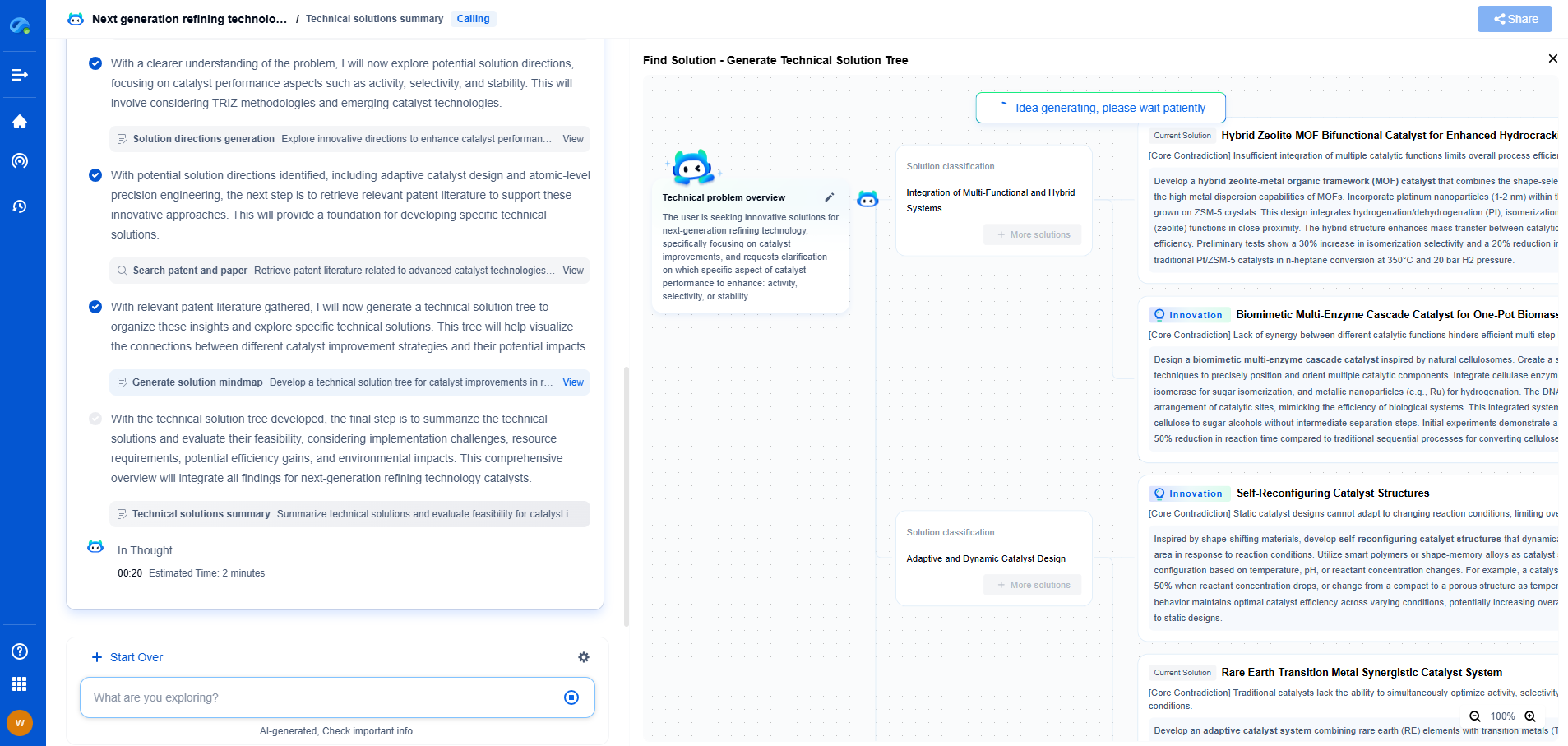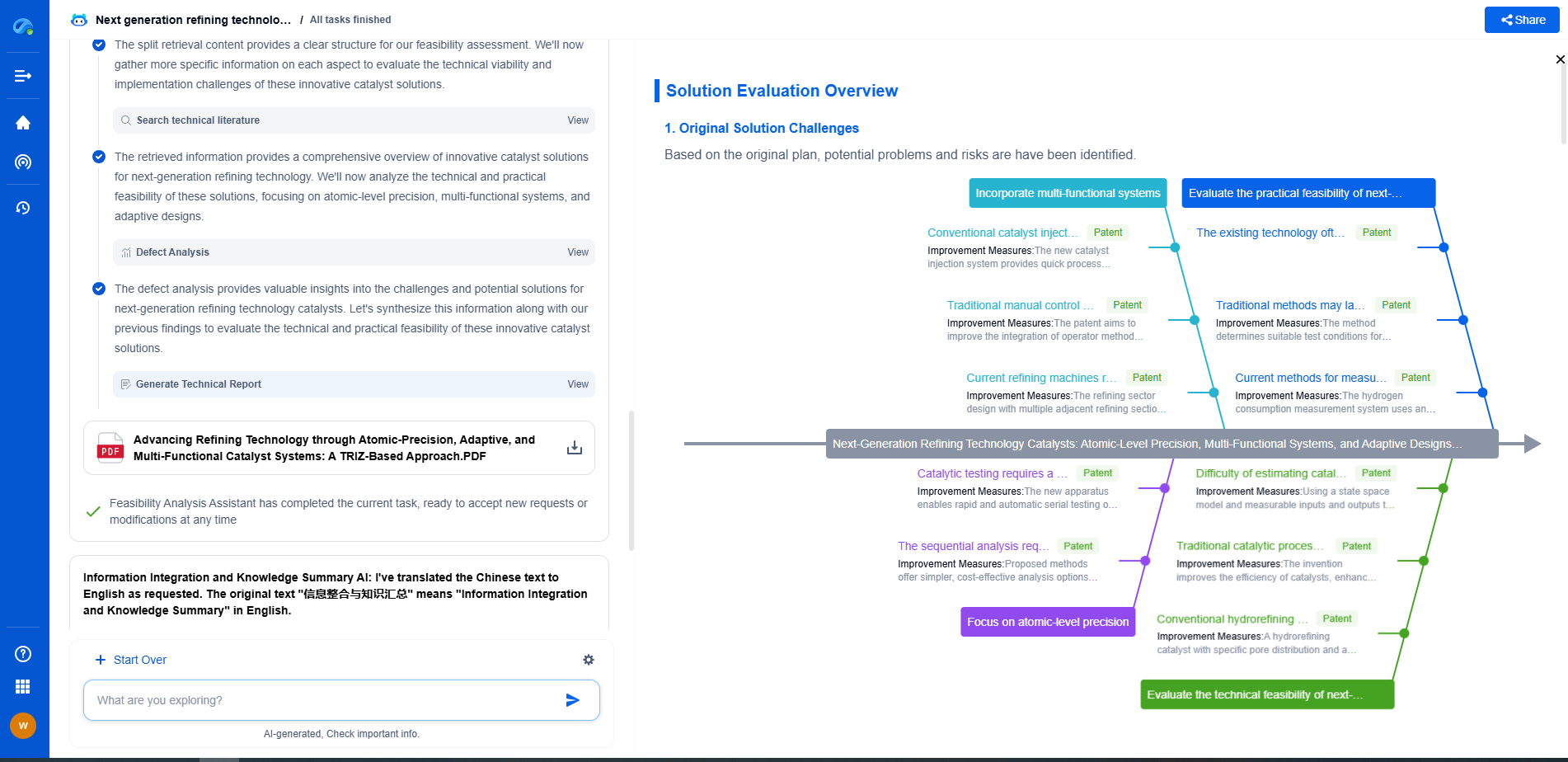Battery-Backed SRAM vs. Non-Volatile Memory: Data Preservation Strategies
JUL 17, 2025 |
In the realm of data preservation, two technologies often come into focus: battery-backed SRAM and non-volatile memory (NVM). While both offer solutions for maintaining data integrity, their approaches and applications present unique advantages and trade-offs. Understanding the fundamental characteristics of each technology is essential for making informed decisions in choosing the right data preservation strategy.
Battery-Backed SRAM: Reliable But Power Dependent
Battery-backed SRAM (Static Random Access Memory) is a type of memory that uses a small battery to retain data even when the main power supply is turned off. This technology is renowned for its speed and reliability, making it a preferred choice in applications where quick data access is crucial, such as in cache memory and high-speed computing environments.
The primary advantage of battery-backed SRAM is its high-speed data retention capability. By utilizing a battery, SRAM can maintain its contents indefinitely as long as the battery remains functional. This makes it ideal for applications that require consistent performance and immediate data recall without the need for power-up procedures.
However, the dependency on a battery introduces certain drawbacks. The longevity of data retention is directly tied to the lifespan of the battery, leading to potential risks in data integrity once the battery depletes. Additionally, maintenance and replacement of batteries can incur additional costs and logistical challenges, particularly in systems where accessibility is limited.
Non-Volatile Memory: Power-Free Data Retention
Non-volatile memory, on the other hand, offers a different approach to data preservation by retaining information without the need for a continuous power supply. Technologies such as Flash, EEPROM, and emerging options like MRAM (Magnetoresistive RAM) fall into this category. NVM is widely used in applications ranging from consumer electronics to industrial systems, primarily because of its ability to retain data over extended periods without power.
One of the key benefits of NVM is its independence from power sources for data retention, eliminating the need for battery maintenance and reducing the risk of data loss due to power failures. Additionally, advancements in NVM technologies have resulted in increased storage capacities and improved endurance, expanding their usability across a broader range of applications.
Despite these advantages, NVMs typically exhibit slower write speeds compared to volatile memories. Additionally, the endurance of certain types of NVM, such as Flash, can be a limiting factor due to the finite number of write/erase cycles they can endure before becoming unreliable.
Comparative Analysis: Choosing the Right Strategy
When deciding between battery-backed SRAM and non-volatile memory for a given application, several factors need to be considered. The choice often depends on the specific requirements of speed, data retention duration, power availability, and cost constraints.
For applications demanding rapid data transactions and where battery replacement is manageable, battery-backed SRAM might be the preferred option. Its ability to provide high-speed data access makes it invaluable in scenarios where performance is paramount, such as in high-frequency trading systems or complex simulations.
Conversely, for applications where power availability is a concern or where long-term data retention without maintenance is crucial, non-volatile memory stands out as the better choice. Its capability to preserve data independently of power sources makes it suitable for embedded systems, remote sensors, and portable devices.
Conclusion: Tailoring Solutions to Needs
In the dynamic landscape of data preservation, both battery-backed SRAM and non-volatile memory present compelling solutions, each with its own set of strengths and limitations. Understanding the distinct features of these technologies allows for the tailoring of solutions to meet specific application needs. By carefully evaluating performance requirements, environmental conditions, and maintenance considerations, organizations can make informed choices that optimize data integrity and operational efficiency.
Ultimately, the decision between these technologies is not just a technical one but also a strategic choice that impacts the long-term success of data-dependent systems. As technology continues to evolve, staying informed about advancements in memory technologies will be crucial for businesses and developers aiming to implement the most effective data preservation strategies.
Whether you’re developing multifunctional DAQ platforms, programmable calibration benches, or integrated sensor measurement suites, the ability to track emerging patents, understand competitor strategies, and uncover untapped technology spaces is critical.
Patsnap Eureka, our intelligent AI assistant built for R&D professionals in high-tech sectors, empowers you with real-time expert-level analysis, technology roadmap exploration, and strategic mapping of core patents—all within a seamless, user-friendly interface.
🧪 Let Eureka be your digital research assistant—streamlining your technical search across disciplines and giving you the clarity to lead confidently. Experience it today.
- R&D
- Intellectual Property
- Life Sciences
- Materials
- Tech Scout
- Unparalleled Data Quality
- Higher Quality Content
- 60% Fewer Hallucinations
Browse by: Latest US Patents, China's latest patents, Technical Efficacy Thesaurus, Application Domain, Technology Topic, Popular Technical Reports.
© 2025 PatSnap. All rights reserved.Legal|Privacy policy|Modern Slavery Act Transparency Statement|Sitemap|About US| Contact US: help@patsnap.com

